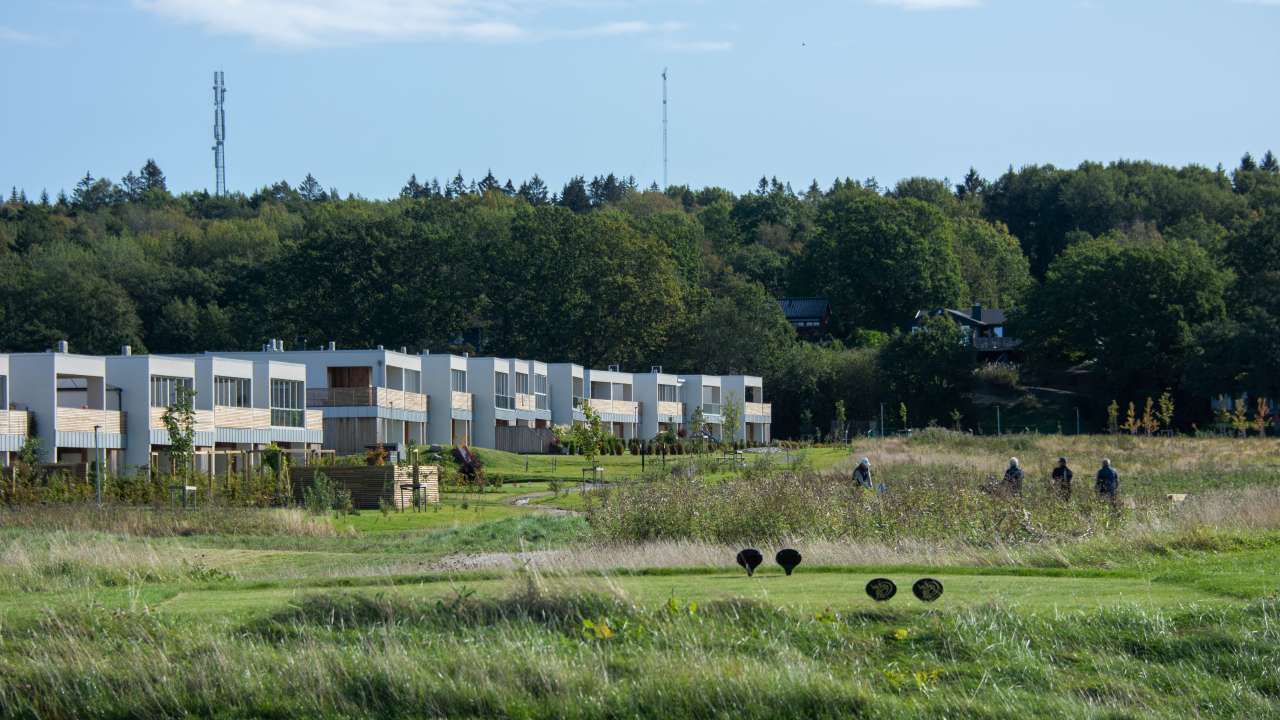Food or housing – an old unresolved conflict

Photo: Morten Günther
Soil protection is a challenge that humans have been facing for millennia. Chieftains and kings established towns in the middle of their food sources. Then towns started to grow.
It is no coincidence that our cities are situated where they are. They flourished in areas where fertile soil, seas and rivers provided food and opportunities.
Towns and populations grew slowly until the end of the 19th century. Occasionally, land had to make way for buildings. Then industrialization arrived. Factories and homes were built. The towns grew. Food production in close proximity to cities became less important. Modern agriculture resulted in cheaper food production using less land. More food was imported.
Only a fraction of the fertile land of the past can still be found in cities. However, the percentage of cultivated land close to populated areas is 10 times higher than in the rest of the country. This is a challenge.
The high percentage of agricultural land close to towns and cities leads to conflicts about whether the land should be used for food production or other social purposes. Since the 1950s, approximately 100,000 hectars of cultivated and cultivable land have been converted to land use for homes, roads and industrial areas in Norway.
Researcher Linda Aune-Lundberg has been studying agricultural areas surrounding towns and cities:
“Between 2004 and 2015, 12 percent of agricultural land in the surroundings of populated areas was built up in Norway. Half of that agricultural land was within one kilometer of a populated area.”
Around densely populated areas, 34 percent of the land is agricultural, while, in Norway in total, that figure is only 3 percent.
“In this country, we only have 3 percent agricultural land and not a lot of cultivable soil. In addition, this cultivable soil is often less favorable for food production than the soil we are already cultivating. Our analyses of land conversion demonstrate how agricultural land close to densely populated areas is particularly vulnerable.”
Contacts

Contacts

